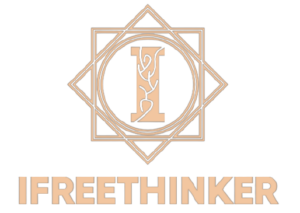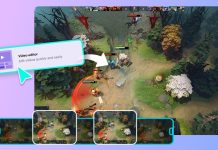In every single place the night time time of November 9-10, 1938, Nazi thugs set fireplace to Jewish stores and synagogues. In Reichspogromnacht, referred to in English for the reason that November pogrom and which was once once euphemistically referred to as “Kristallnacht” (“Evening time time time time of Broken Glass”) by the use of the Nazis, apartments and stores had been looted and numerous other people arrested, crushed and killed. The pogrom marked the prelude to the largest genocide in Europe. Now an interactive work of art in Dresden is to commemorate it.
The get in a position “Disappearing Wall” depicts on 6,000 wood blocks quotes from survivors of the point of interest camps Buchenwald, Mittelbau-Dora and their satellite tv for pc television for laptop tv for computer television for laptop tv for computer television for computer camps.
Its opening on the morning of November 9 is supposed to pay tribute to the victims of the Holocaustand the Reichspogromnacht.
The Town of Dresden, the Goethe Institute cultural personnel along with the Buchenwald and Mittelbau-Dora Memorials Foundationare internet internet web site internet web hosting the interactive exhibition at Dresden’s Town Hall.
The “Disappearing Wall” is consistent with an idea by the use of Russian student Maria Jablonina. The get in a position was once once first found out by the use of the Goethe Institute in Moscow in 2013 on the anniversary of the German invasion of the Soviet Union.
On account of this fact, it is been confirmed on different occasions in numerous places, along with 4 Israeli cities.
In 2020, the get in a position was once once on display in 16 Ecu cities, along with Vilnius, Belfast, Thessaloniki and Madrid, as part of the German government’s first price cultural program for the German presidency of the Ecu Council.
In an adapted form, the “Disappearing Wall” was once once exhibited in Weimar in April 2021 as part of the 76th anniversary of the liberation of the Buchenwald and Mittelbau-Dora focal point camps.
Likewise in adapted form, the get in a position in Dresden invites visitors to tug out the quotation blocks from the “wall,” be informed them and then take them space. All through the process, the wall empties and finally disappears altogether, on the other hand the messages of in terms of 100 Holocaust survivors are carried on.
Among them are widely known personalities an very similar to Imre Kertesz, Stephane Hessel and Eugen Kogon — along with many others. Their quotes are in part personal research, in part reflections on what the Shoahapproach for the long term coexistence of other people.
Collective memory
Johannes Ebert, Secretary Not strange of the Goethe Institute, discussed all over the run-up to the opening: “There are fewer and less fresh witnesses and survivors of the Holocaust who can speak about their research. (…) The ‘Disappearing Wall’ helps to transport on the survivors’ messages to long run generations.”
In line with Ebert, the new amenities for international cultural coaching, which might be being opened at 5 Goethe Institutes in Germany, will play a central serve as in this enterprise.
Commenting on the commemorative events in Dresden, German Global Minister Heiko Maas discussed, “Remembering together may be a prerequisite for residing well together in Germany, this present day and someday.”
Dresden’s Lord Mayor Dirk Hilbert opened the commemoration on the morning of November 9, followed by the use of speeches by the use of Nora Goldenbogen, Chairwoman of the Saxony Association of Jewish Communities, Johannes Ebert and Jens-Christian Wagner, Director of the Buchenwald and Mittelbau-Dora Memorials Foundation.








